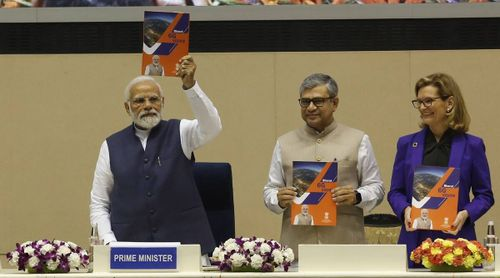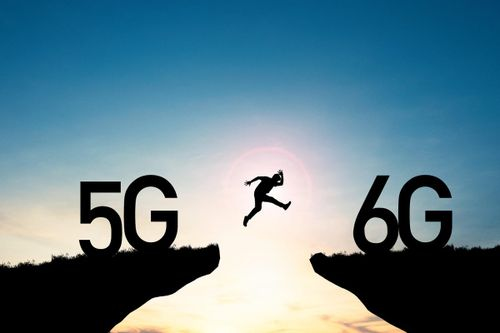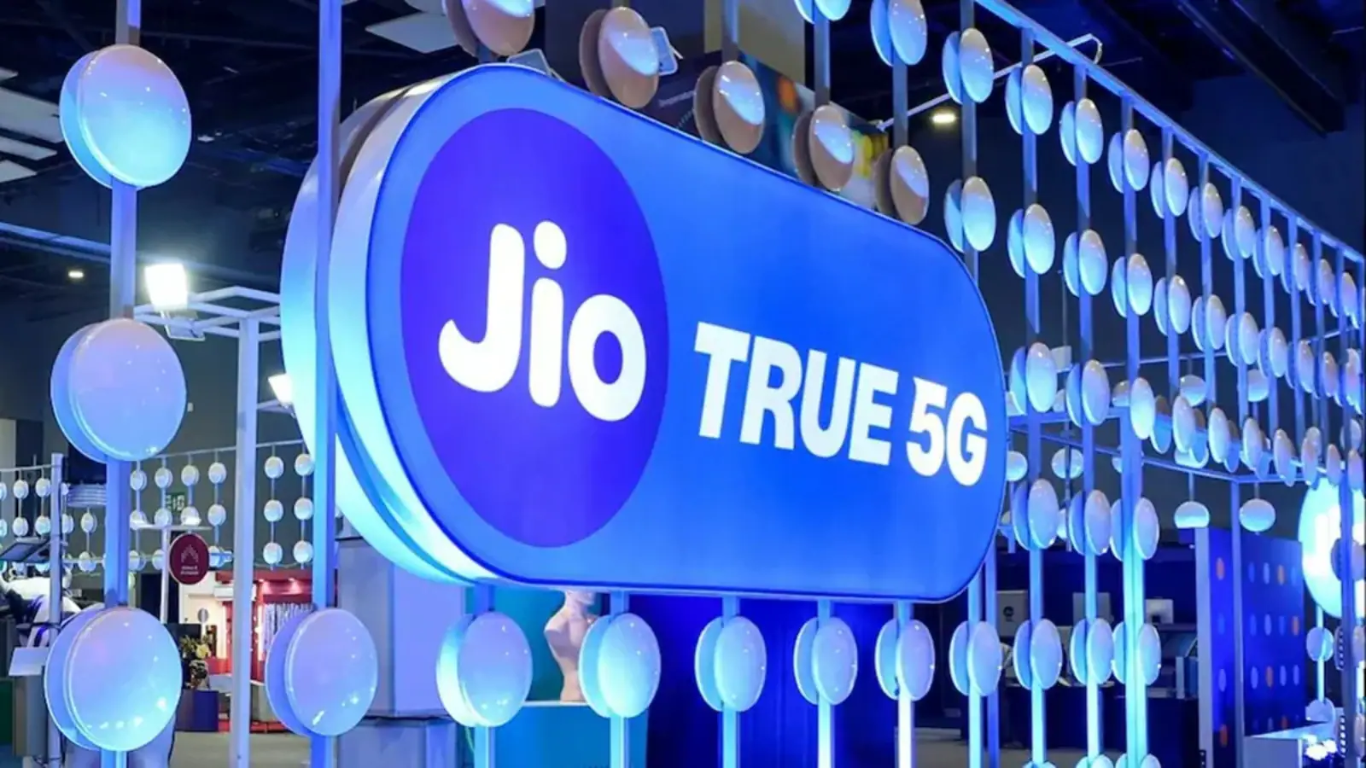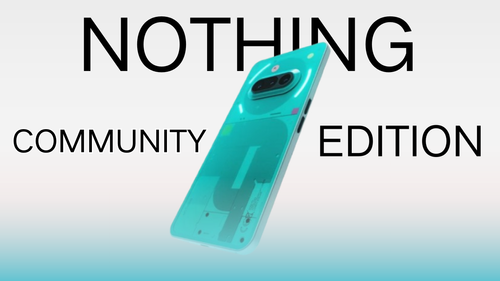Ad

6G in India by 2030: Bharat 6G Project
Follow Us:
3,493 views

The government has also appointed an apex council to oversee the project and concentrate on matters like standardisation, identification of the spectrum for 6G usage, creation of an ecosystem for devices and systems, and determining finances for research and development, among other things. India's 6G project will be implemented in two phases.
Although 6G isn't officially available yet, it has been conceptualised as a far better technology that might provide internet speeds up to 100 times faster than 5G.
The top council would support and finance 6G technology research and development, design, and development by Indian start-ups, businesses, research organisations, and universities. By identifying priority areas for 6G research based on India's comparative advantages, it would help India become a leading global supplier of intellectual property, goods, and solutions of inexpensive 6G telecom solutions.
New technologies include terahertz communication, radio interfaces, tactile internet, artificial intelligence for connected intelligence, novel encoding techniques, and waveform chipsets for 6G devices will be a major area of concentration for the council.

"We are talking about 6G within six months following the launch of 5G technology," the prime minister declared. This, he claimed, demonstrates the nation's confidence. Before 4G, India primarily used telecom technology; however, the country is currently making rapid progress towards being a significant exporter of telecom technology.
In October 2022, Modi publicly introduced 5G services and declared that India should be prepared to introduce 6G services during the next ten years. 6G promises to provide extremely low latency with rates up to 1 Tbps, in contrast to 5G, which at its best can provide internet speeds up to 10 Gbps.

The vision document outlines the application cases for 6G, which include remote-controlled factories, constantly communicating self-driving automobiles, and intelligent wearables that directly receive input from human senses. The majority of 6G supporting communication devices will be battery-powered and can have a considerable carbon footprint, so while 6G offers expansion, it will also need to be balanced with sustainability, the study added.
According to the vision document, India will identify priority research areas as part of its 6G mission by collaborating with all relevant parties, including business, academia, and service providers. This will include theoretical and simulation studies, proof-of-concept prototypes and demonstrations, and early market interventions through startups.
It is suggested that the 6G project be carried out in two stages: the first from 2023 to 2025 and the second from 2025 to 2030. Phase one will support exploratory concepts, riskier pathways, and proof-of-concept experiments. Concepts and concepts that have the potential to be adopted by the global peer community will receive the necessary support to be fully developed, to establish their benefits and use cases, and to produce implementational IPs and testbeds that will enable commercialization as part of phase two
The government will also need to investigate shared spectrum use, notably in the higher frequency bands for 6G, according to the vision statement. Congested spectrum bands will need to be reevaluated and rationalised, and captive networks will need to be adopted for Industry 4.0 and enterprise use cases.
The document advised "opening up a few bands to generate demand" (for instance, 450-470 MHz, 526-612 MHz, 31-31.3 GHz, etc.). "To fulfil the needs of 5G+ and 6G technologies, expand and place a broader mid-band. This necessitates starting a fresh inter-ministerial procedure for repurposing a number of bands, as it has been done before," it continued.
The document advocated the establishment of a corpus of Rs 10,000 crore to facilitate various financial mechanisms including as grants, loans, VC fund, fund of funds, etc. for the following 10 years in order to fund research and innovation on 6G. According to the document, "two categories of grants are envisaged, i.e. grants over Rs 20 crore for high impact projects and grants up to Rs 20 crore to fulfil financial requirements ranging from small to medium."
Latest News





Reviews & Guides
View All

Nothing Phone 3a Community Edition First Impressions: A Fresh Take on Budget Smartphones

Realme P4x 5G Review: Budget-Friendly Beast with Epic Battery Life

Sony BRAVIA 7 Mini LED K-65XR70 vs. Haier Mini LED H65M95EUX

Samsung QN90F (65QN90FAU) Review: The King of Bright-Room Viewing

Why doesn’t Apple reveal the iPhone battery in advertisements?

Top 10 camera lenses you should Own in 2025

Donald Trump Watch Collection: Timeless Luxury on the Wrist

Best Smartphones Under 30,000 in 2025







